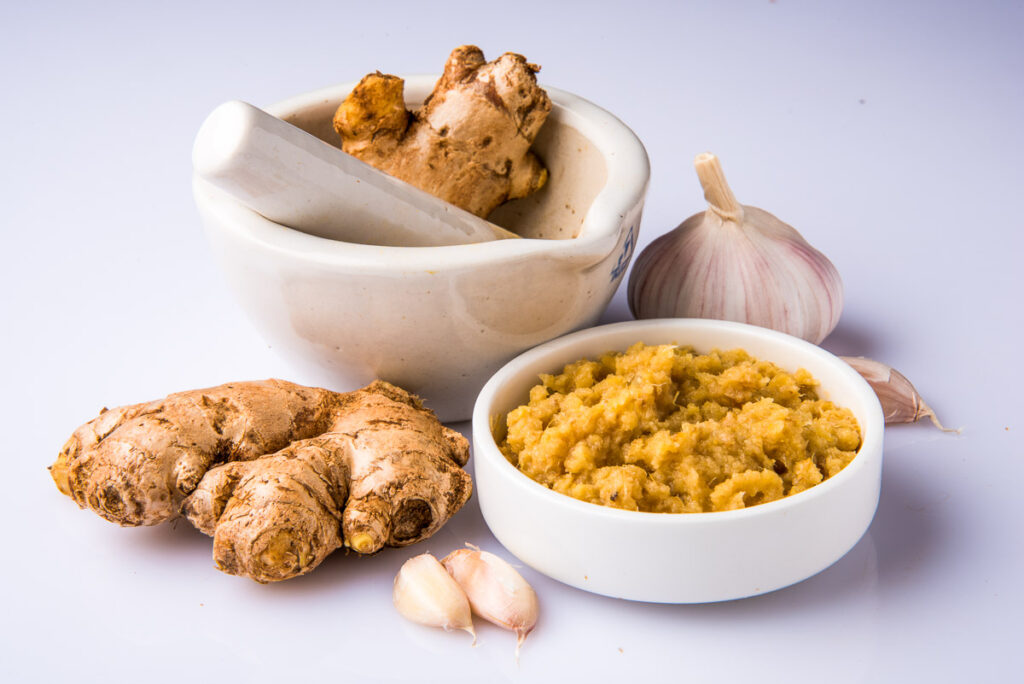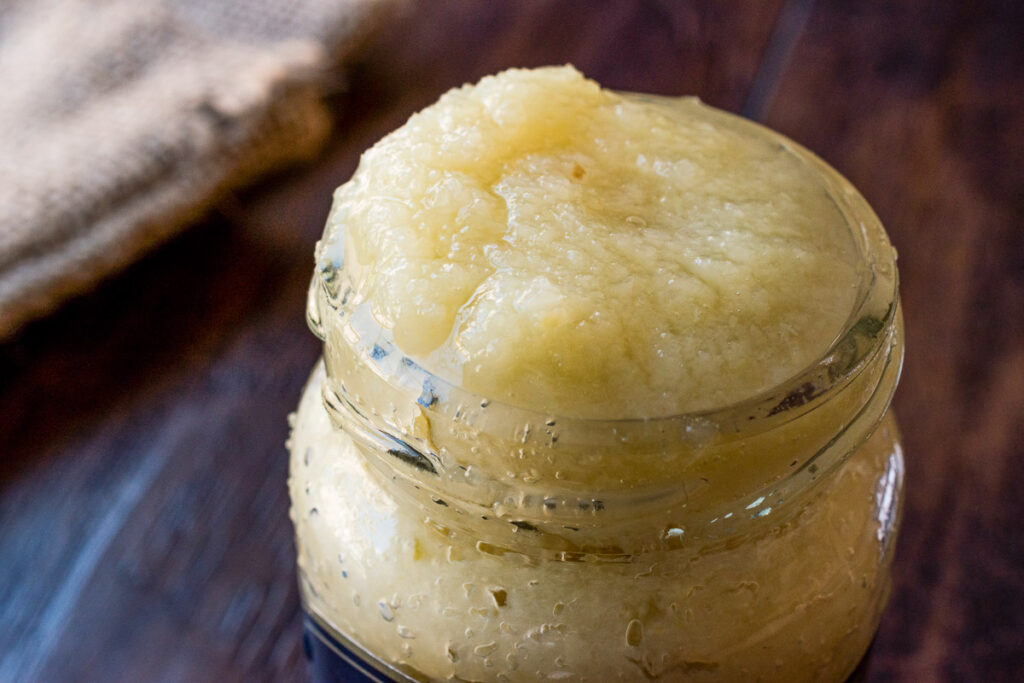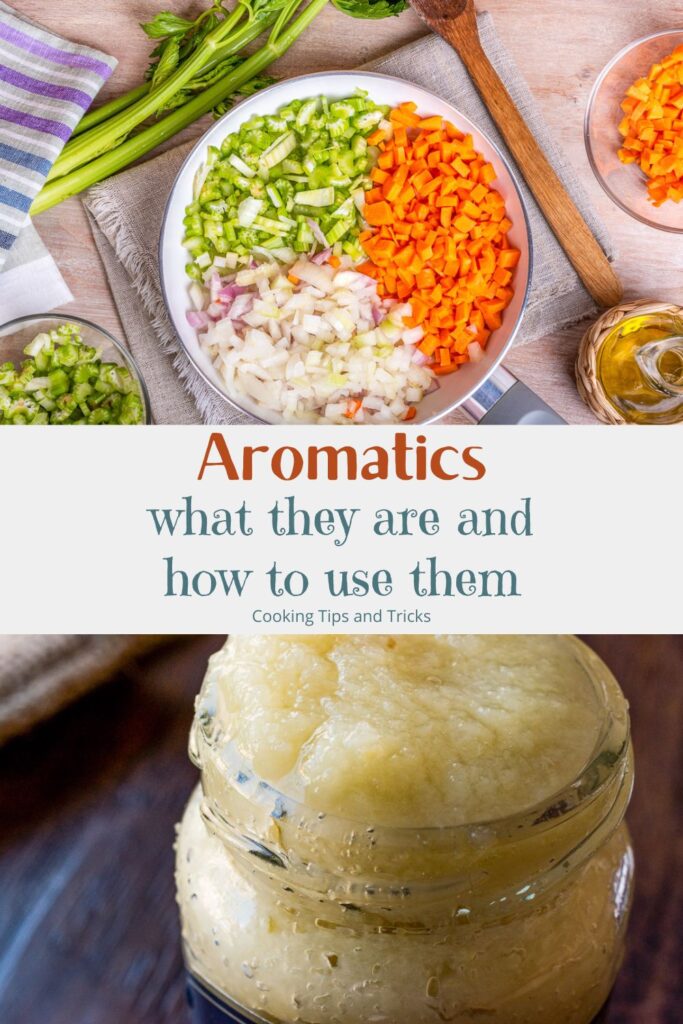Aromatics: The Essence of Flavor
In cooking, “aromatics” refers to a group of ingredients used to enhance a dish’s flavor and aroma. Aromatics are typically vegetables, herbs, and spices cooked in oil or fat at the beginning of a recipe to release their natural flavors. These simple ingredients create a fragrant start for any dish.

Common Aromatics
- Onions: Chopped or sliced onions are often used as the base for many dishes. They provide a sweet and savory flavor.
- Garlic: Minced or crushed garlic cloves add a pungent and aromatic flavor to recipes. Garlic is widely used in a variety of cuisines.
- Celery: Celery is commonly used in soups, stews, and stocks to impart a subtle earthy and rustic aroma.
- Carrots: Sliced or diced carrots add a mild sweetness and color to dishes. They are often combined with onions and celery as part of a mirepoix (a classic aromatic base).
- Bell Peppers: Bell peppers, especially in Cajun, Creole, and Italian cuisines, provide a slightly sweet and peppery flavor.
- Ginger: When minced or grated, fresh ginger root adds a spicy and aromatic element to Asian-inspired dishes and more.
- Herbs: Fresh or dried herbs like thyme, rosemary, bay leaves, and basil are often used as aromatics to infuse dishes with unique flavors.
- Spices: Whole or ground spices like cumin seeds, coriander seeds, and cinnamon sticks are used to create aromatic spice blends in various dishes.
Aromatics are typically sautéed or simmered in oil or butter at the beginning of a recipe. This step is often called “sweating” or “sautéing the aromatics.” The combination of aromatics used can vary depending on the specific dish being prepared, but they play an important role in building complex and well-balanced flavors in many recipes.
Expanding the flavor palette
Cultural variations
Different cuisines worldwide have unique aromatics that form the foundational flavor profiles of their traditional dishes. For instance, in Spanish and Italian cooking, a mixture known as sofrito, made from onions, garlic, and tomatoes, is used as a base for an array of dishes. In Cajun cuisine, the “Holy Trinity” refers to a combination of onions, celery, and bell peppers. Indian cuisine often starts with a paste of ginger and garlic or a mix of spices known as garam masala to impart depth and warmth to dishes. These combinations are pivotal in distinguishing the flavors characteristic of each cuisine.

Fat choice importance
The type of fat used to cook aromatics can significantly affect the dish’s overall flavor. For example, olive oil is commonly used in Mediterranean dishes for its fruity notes, while butter is favored in French cooking for its rich, creamy texture and flavor. Ghee, a clarified butter, is preferred in Indian cuisine for its nutty aroma and high smoke point. Cooking aromatics in animal fats, like lard or duck fat, can add a layer of flavor that vegetable oils cannot. The choice of fat should complement the dish’s overall flavor profile and the characteristics of the aromatics being used.
Techniques for maximizing flavor
How aromatics are prepared and cooked can greatly influence their contribution to a dish. For example, finely chopping garlic and onions releases more essential oils, leading to a stronger aroma and taste. Similarly, crushing or grating ginger and garlic will maximize their flavor output. Toasting spices in a dry pan before adding them to a dish can also intensify their flavors, as the heat helps release their essential oils. The size and shape of the aromatics should be considered based on how they’ll cook and meld with other ingredients, with smaller pieces dissolving into the dish and larger pieces offering bursts of flavor.

Storage and preparation
Proper storage of aromatics is essential to maintain their freshness and potency. Most fresh herbs and vegetables should be stored in the refrigerator, while dried spices are best kept in a cool, dark place. Preparing aromatics can also affect their flavor contribution; for instance, smashing garlic cloves releases their allicin, providing a more potent flavor than simply slicing. Blanching certain aromatics like onions can mellow their flavor before adding them to dishes where a softer taste is desired.
In conclusion, the art of using aromatics in cooking is a testament to the depth and diversity of culinary traditions. From the cultural specificity of aromatic blends like sofrito to the nuanced choice of fats that carry these flavors into dishes, each aspect of cooking with aromatics contributes to the rich tapestry of global cuisines.
Editor: Oliver Baysinger
Transitioning from the theatrical stage with her BA in theater to the culinary world, Elaine Benoit exemplifies how passion can reshape a career. As the CEO of Dishes Delish, she skillfully combines health-conscious and soul-satisfying recipes with expertly mixed cocktails. Elaine also explores the world of food through her podcast "Dishing," sharing her gastronomic journeys. Further, as a co-owner of Food Blogger Help, she dedicates herself to mentoring emerging food bloggers, offering them the tools for success. Elaine's multifaceted background, from acting to culinary arts, positions her as a guiding light in the digital food sphere.

